
EMD’s GP20 Electro-Motive Division’s GP20 was the company’s first four-axle model to be fitted with a turbocharger, but its roots trace back to one of EMD’s customers, Union Pacific. Union Pacific began experimenting with several turbocharger models in the mid-1950s on a number of its GP9 and GP9Bs, creating the first GP20s in-house. As UP’s […]
Read More…
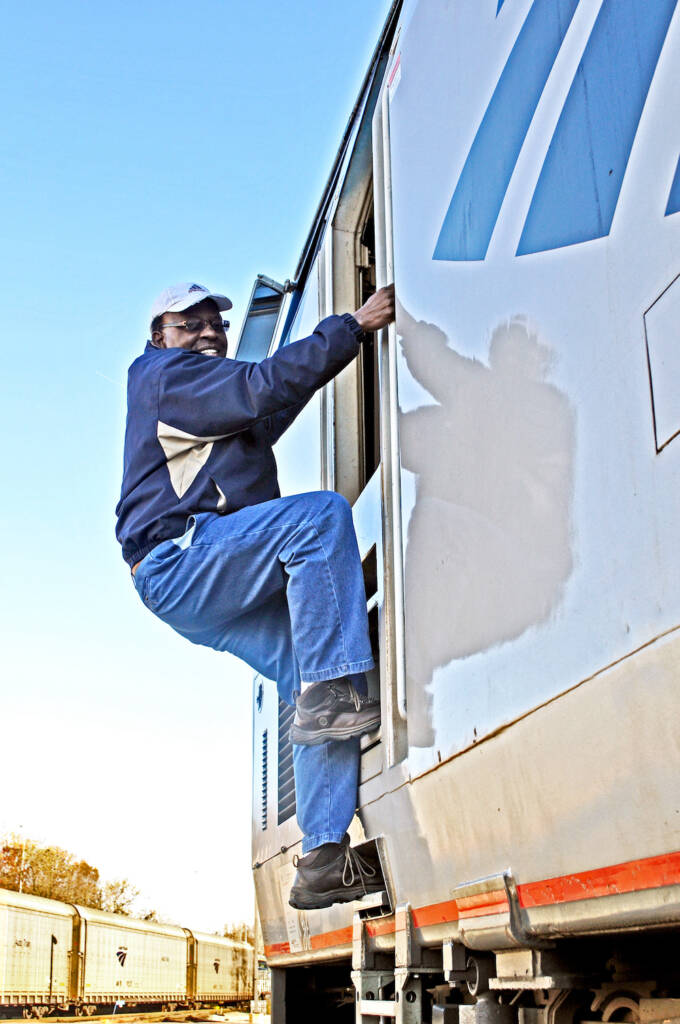
Even if the shoe doesn’t fit, wear it! This is the sort of story that often leads to the most frequently asked question posed to me after speaking publicly, or having written a humorous story: “Did that really happen?” Yes, it did. To quote my favorite locomotive engineer school instructor, “If you tell me that […]
Read More…
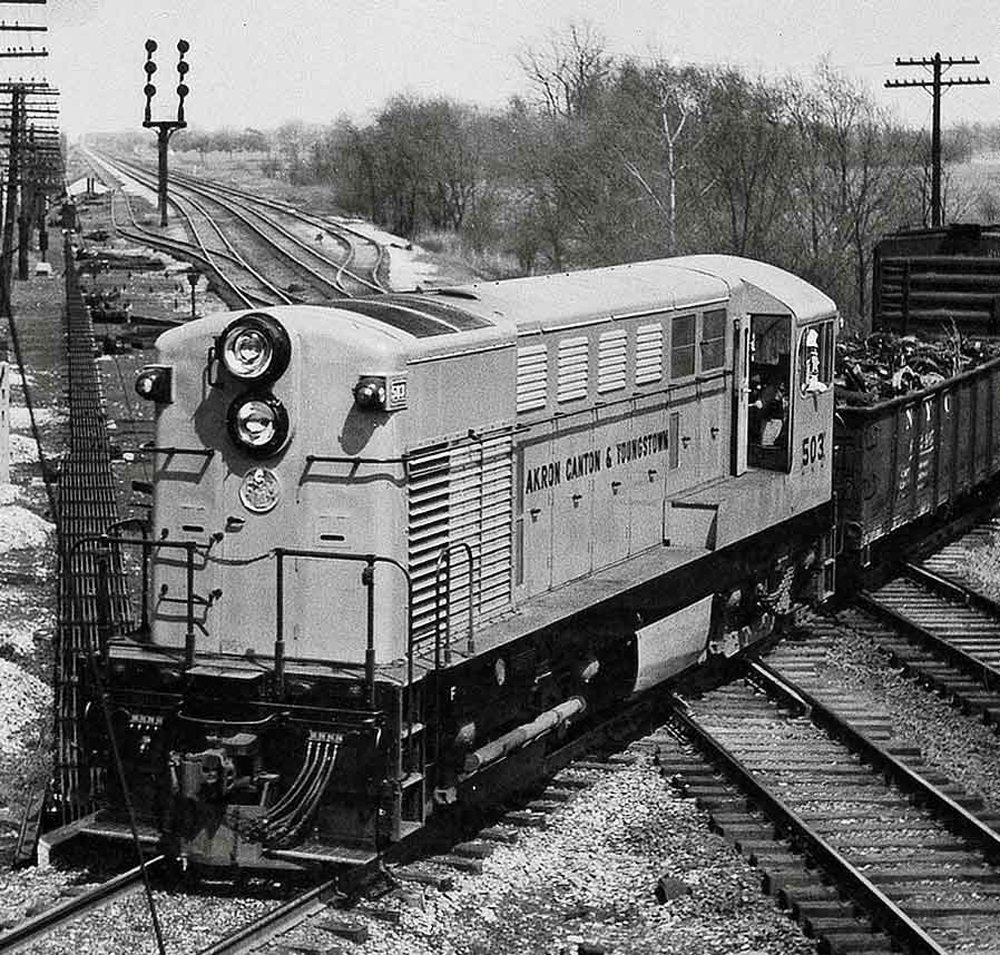
The Fairbanks-Morse H20-44 was another mid-century diesel that didn’t. FM’s first foray into the diesel road-switcher market was unconventional, to say the least. In 1947, instead of following the already traditional convention of a cab surrounded by a long and short hood, the Beloit, Wis., builder introduced the H20-44, and it looked like […]
Read More…
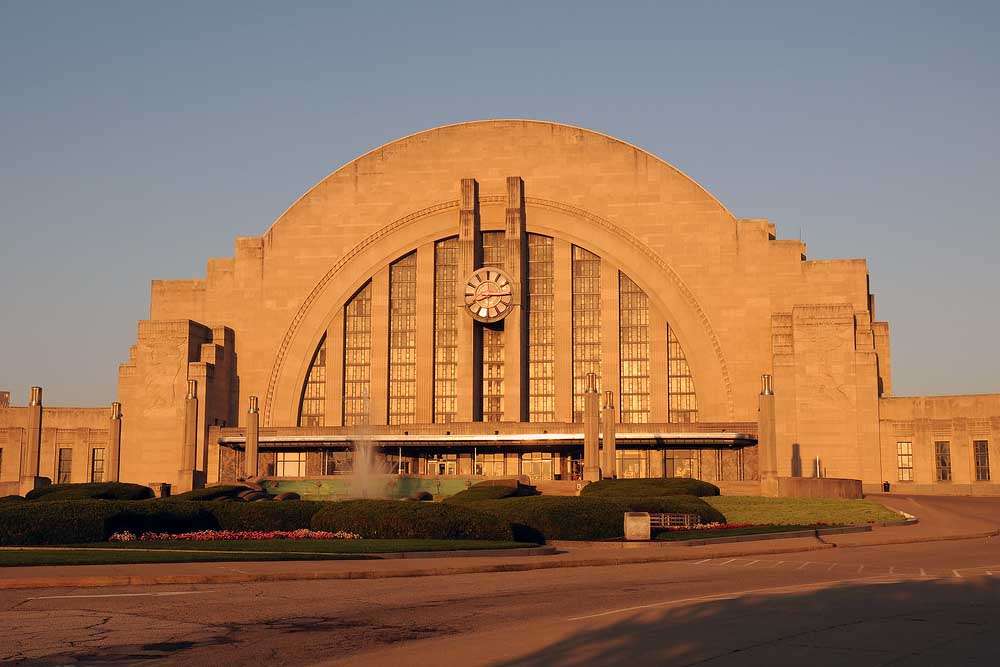
Amtrak Cincinnati services arose from the need to move people between the Mid-Atlantic and Midwest. Amtrak moved from Cincinnati Union Terminal to a new station, its first new-built station on its vast network, located on River Road west of downtown on Oct. 29, 1972. On July 29, 1991, Amtrak returned to the monolithic […]
Read More…
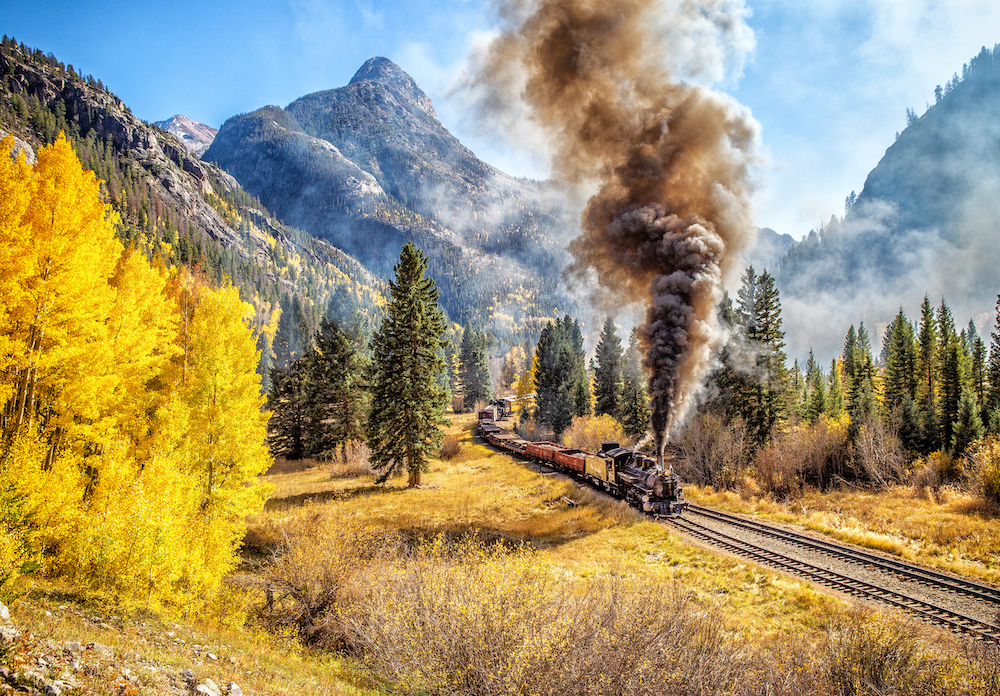
As classic as a ’67 Chevrolet Chevelle SS and as smooth as a Rolls Royce, the Rio Grande’s 2-8-2 Mikado “Sport Model” K-28 locomotives turn 100 years old in 2023. Those 100 years have been spent hauling tonnage across some of the most difficult narrow-gauge right of way in the country and perhaps the world. […]
Read More…
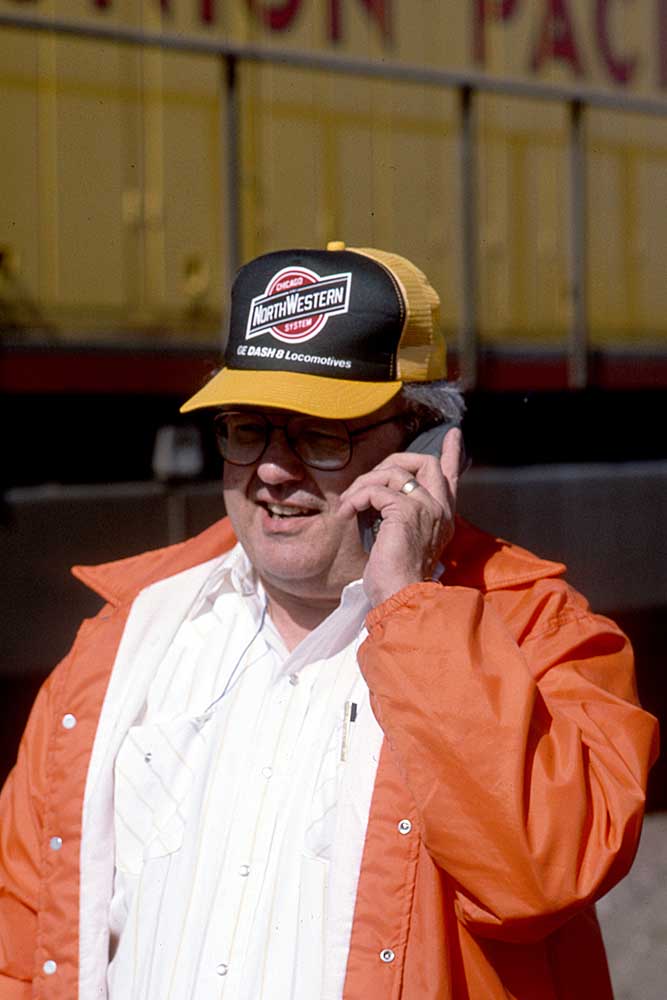
Ask anyone who covers railroads for a living and they’ll tell you — if they are honest — they couldn’t do it without the support of their contacts in railroad public relations. Of course, such cooperation varies from company to company, and PR directors I’ve known have run the gamut from obfuscation to enlightenment. One […]
Read More…
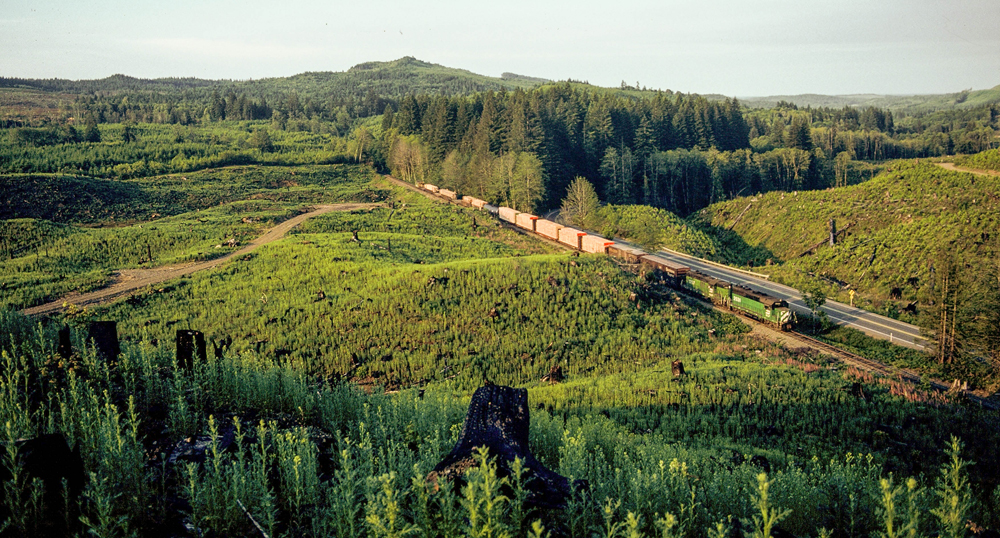
In late November 1978, just after the Thanksgiving holiday, I was called off the Auburn extra board to deadhead to protect the Bremerton local. The Bremerton local had been abolished so the company would not have to pay a crew for the holidays (some things never change). I was a newbie, having only hired out […]
Read More…
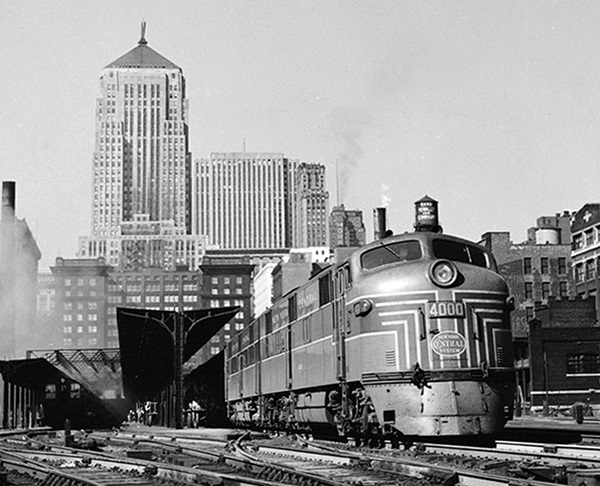
Mind-blowing facts — New York Central passenger trains We are 50-plus years into the Amtrak era, which began on May 1, 1971. A few Amtrak trains still carry the identity of the conveyances they imitate — California Zephyr, Empire Builder, and Crescent — to mention a few. What lives on today is a contemporary train […]
Read More…
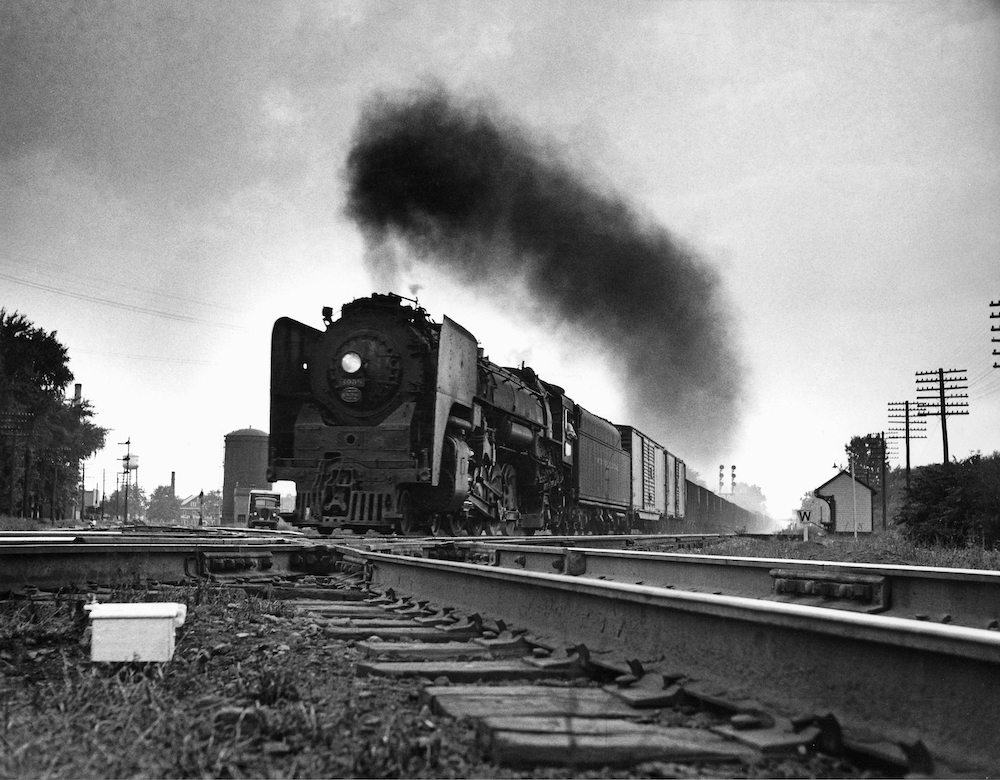
In the mid-1950s, in the waning days of steam on the New York Central, Trains Magazine Editor David P. Morgan and his friend, the accomplished photographer Philip R. Hastings, had a memorable encounter with a NYC Class L-3a 4-8-2 Mohawk in Shelby, Ohio. The Mohawk had seen better days and was assigned to a lowly […]
Read More…
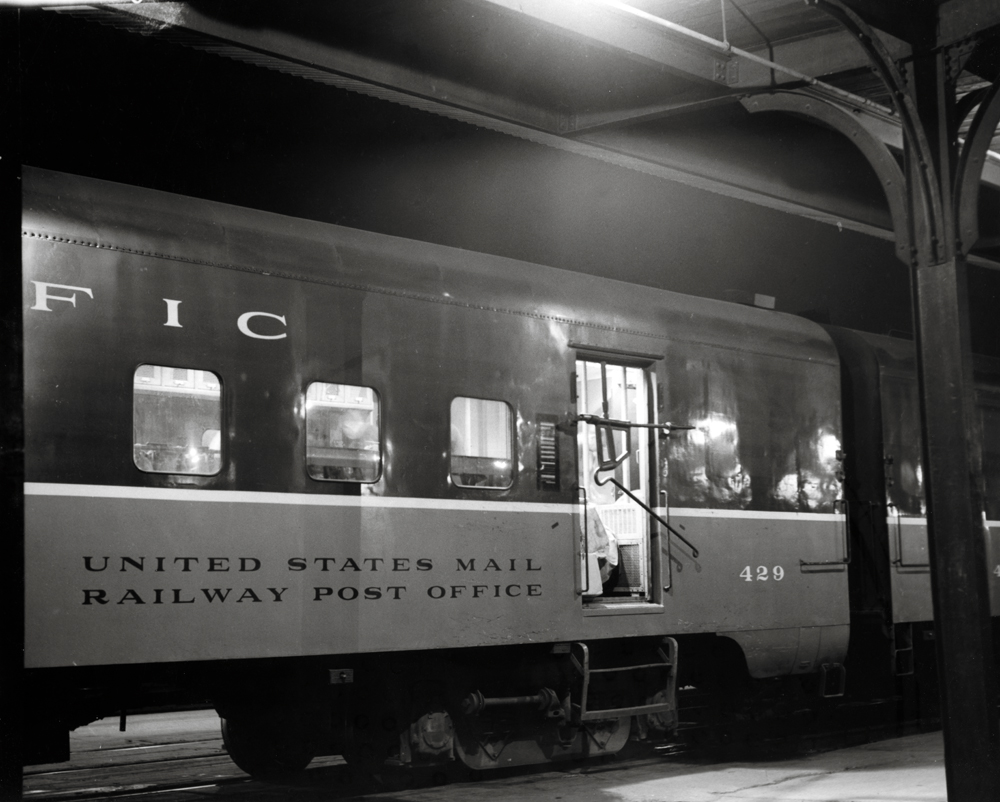
Railway Post Offices Mail moves by train In the 1830s, shortly after the establishment of the first railroads in the U.S., the Post Office Department began to ship mail by rail. The year 1838 saw some sorting of mail en route between Washington and Philadelphia, but the first Railway Post Office car is generally thought […]
Read More…
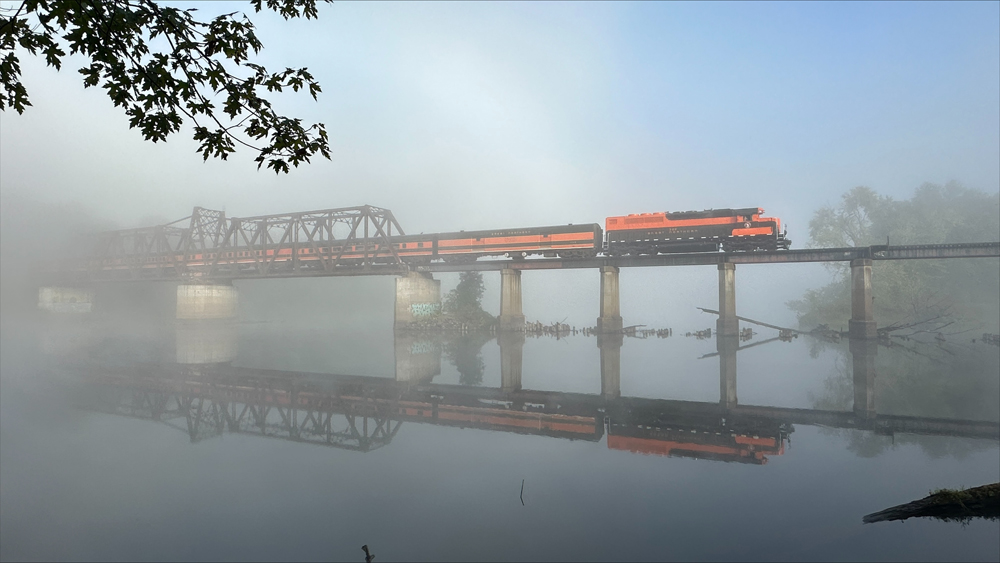
Photo charters (not excursions) are an art form From coal to oil to electric, train photo charters are gaining momentum — there’s no question about it. There is also very little argument as to why steam locomotives are typically a fan favorite. The smell of coal burning is unmatched. The loud roars surfacing from a […]
Read More…
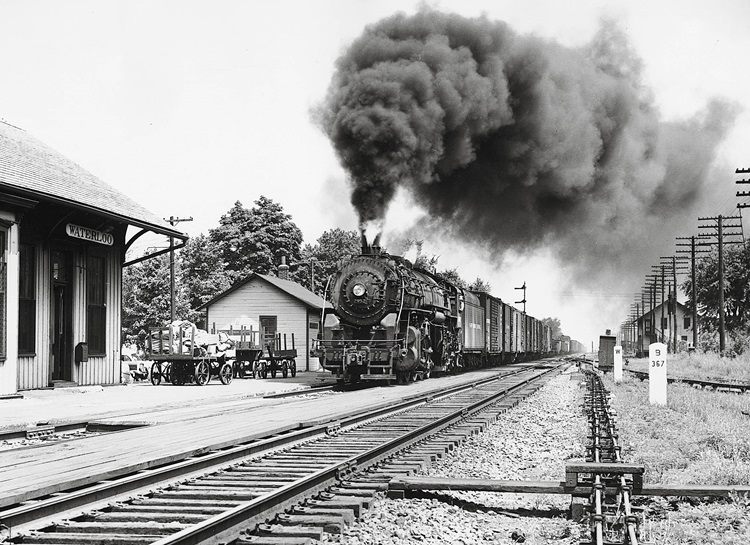
The New York Central 4-8-2 Mohawks were the ultimate dual-service steam locomotives. For some railroads in the steam era, it wasn’t enough to have success with a single example of a standard wheel arrangement. Instead, new competitive challenges and evolving technology often caused railroads to rethink a given locomotive class and turn it almost entirely […]
Read More…












